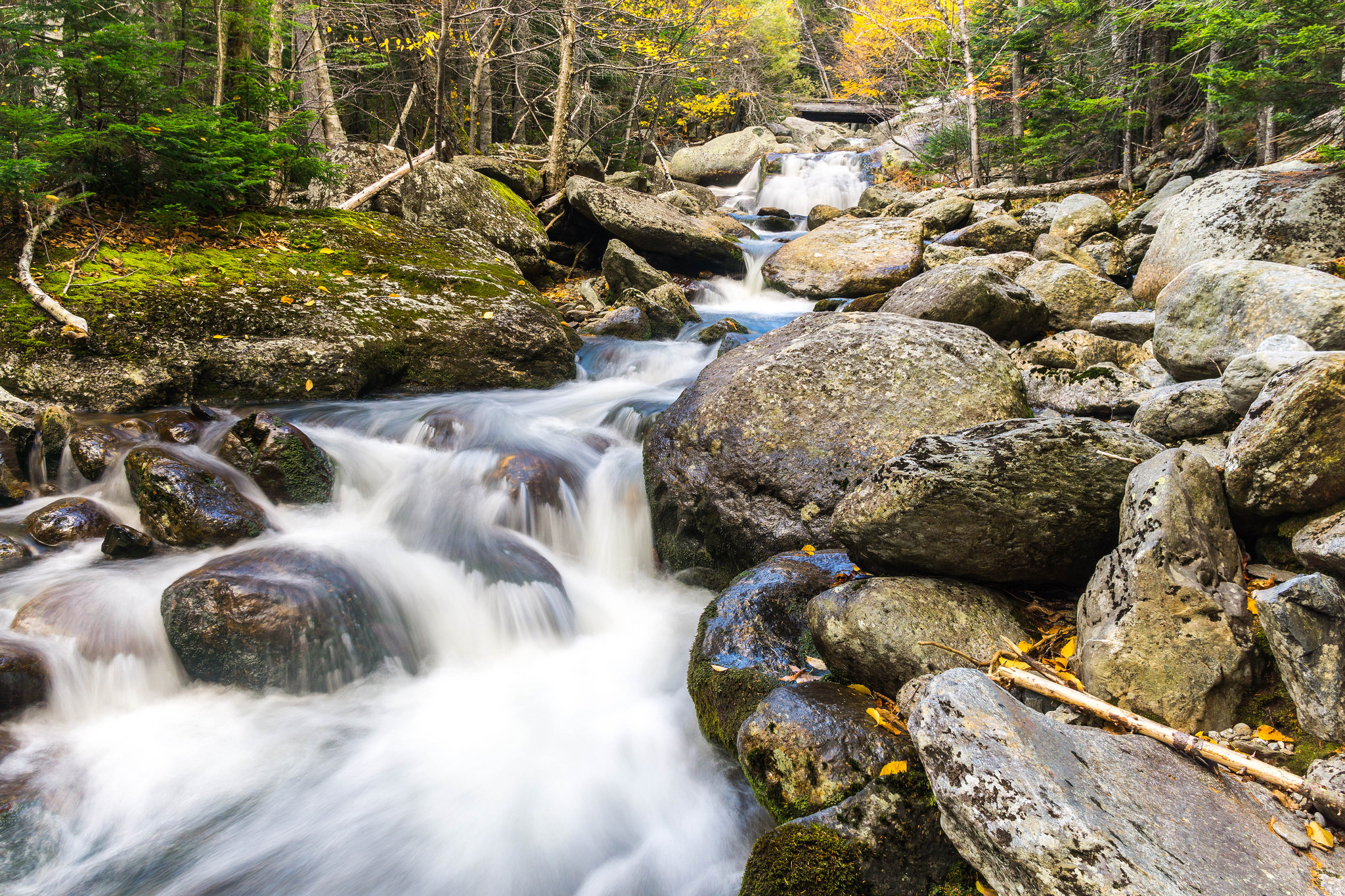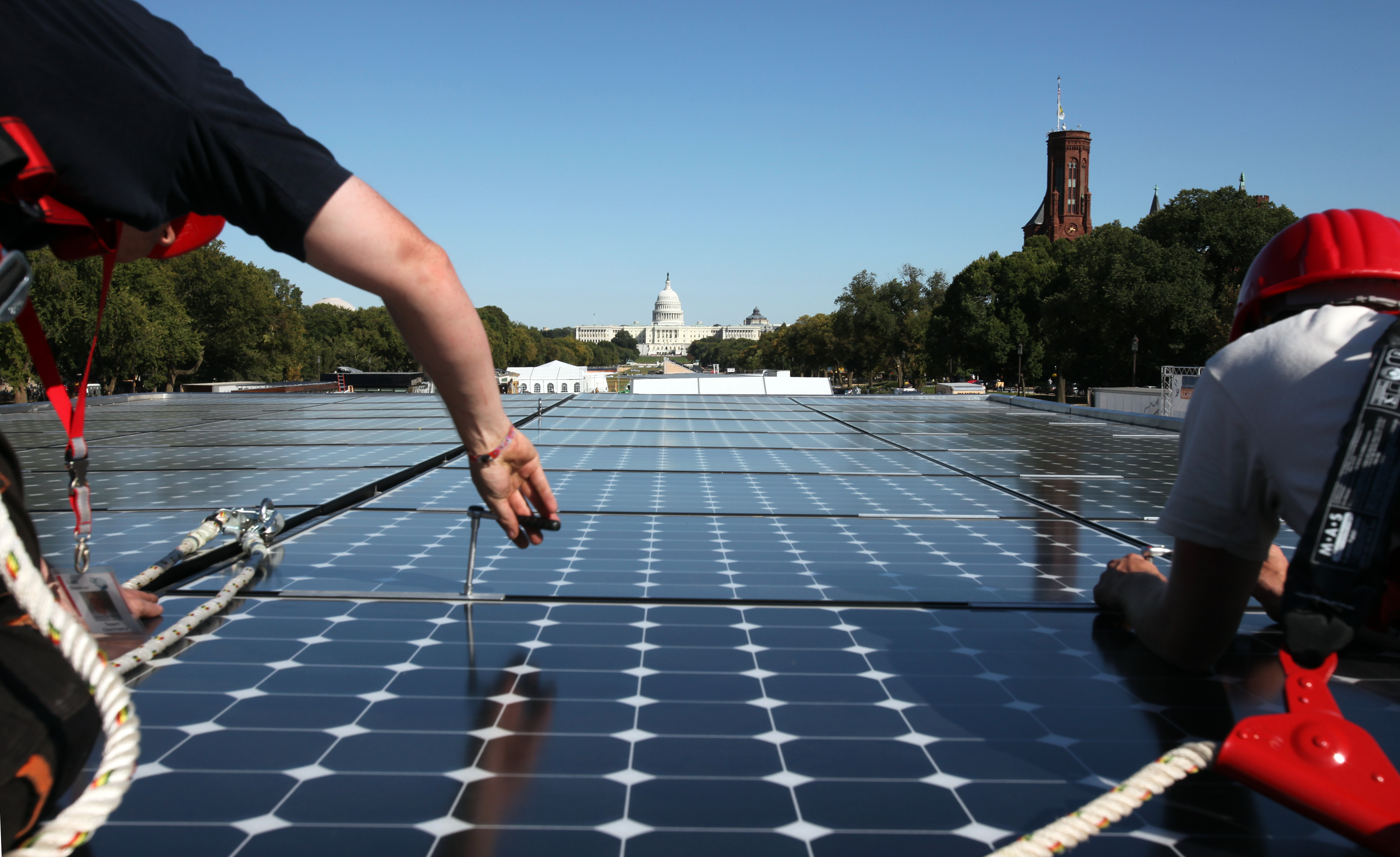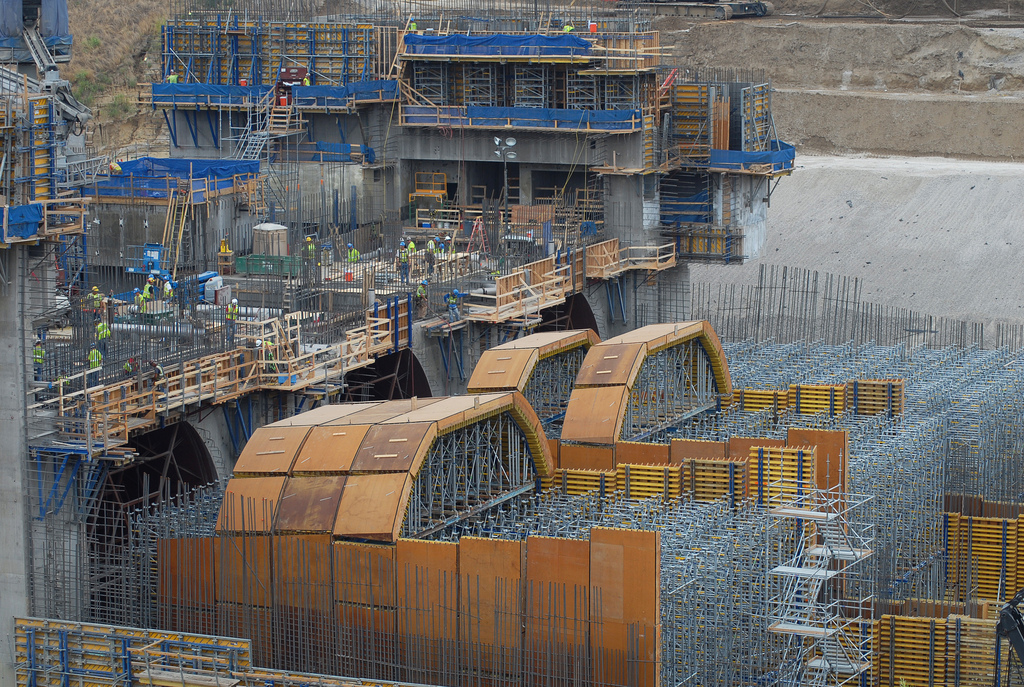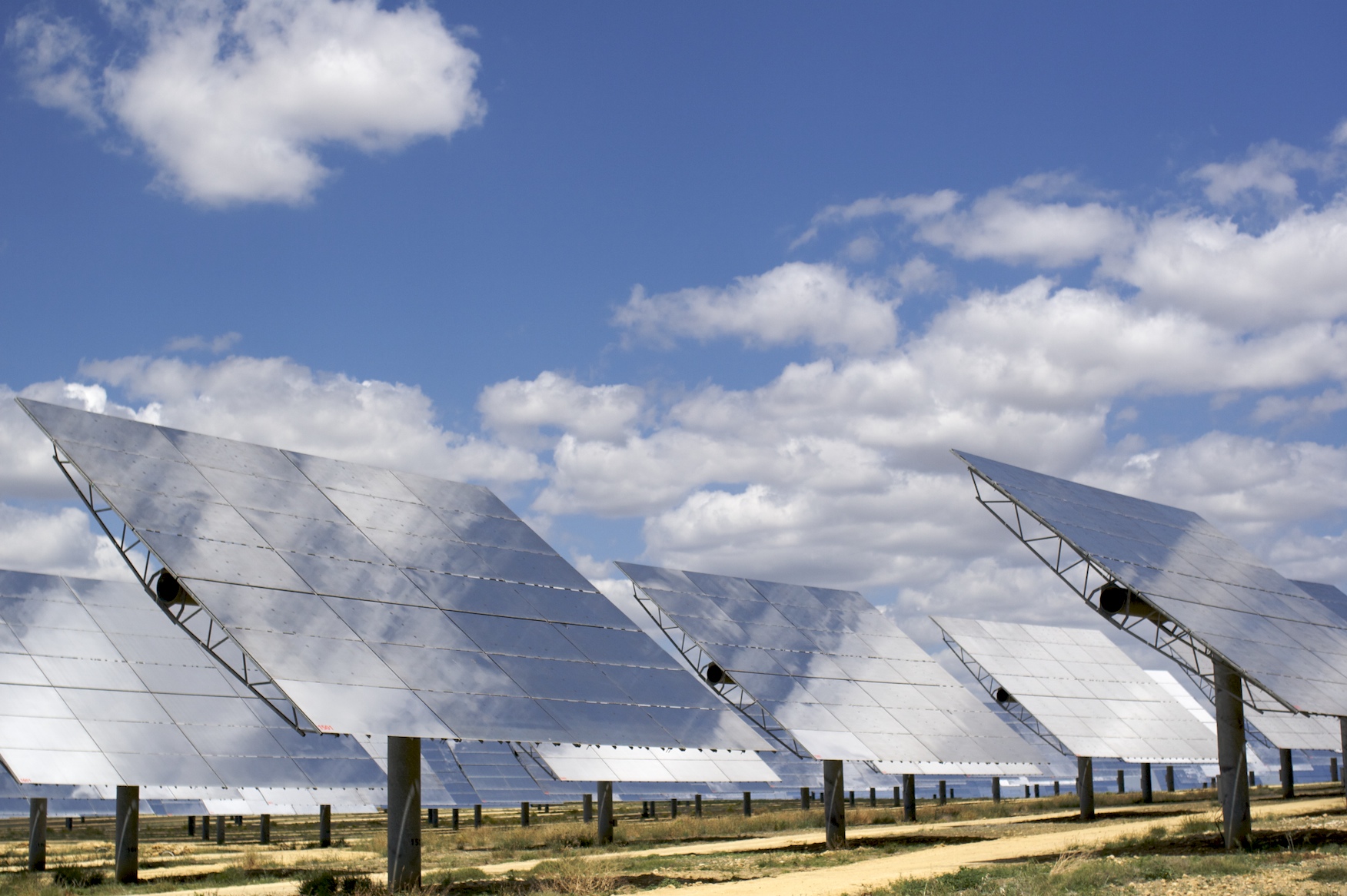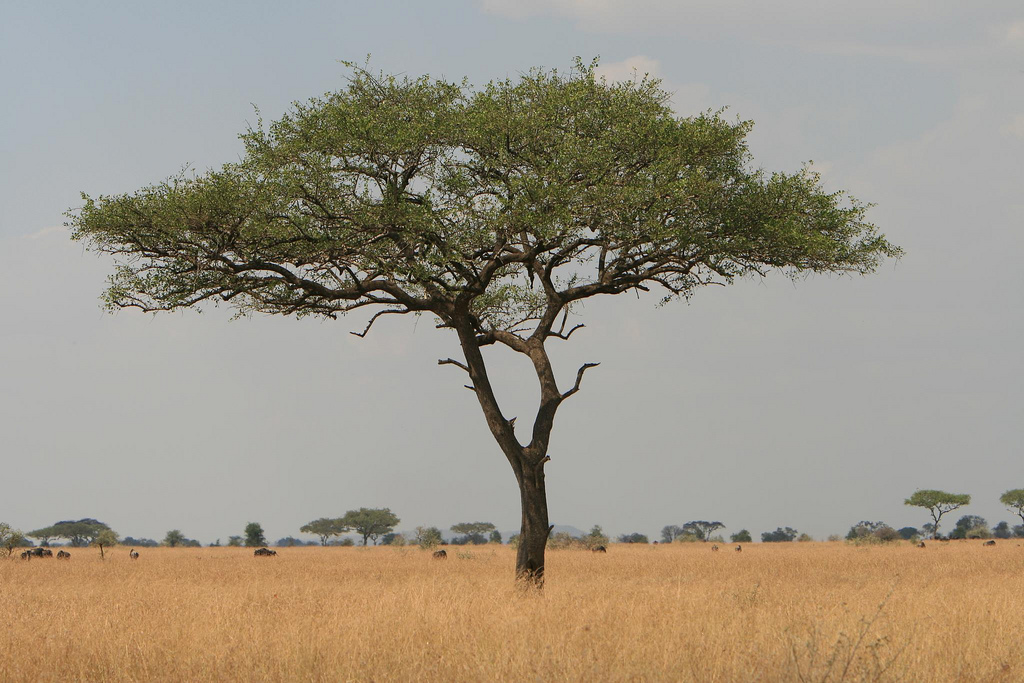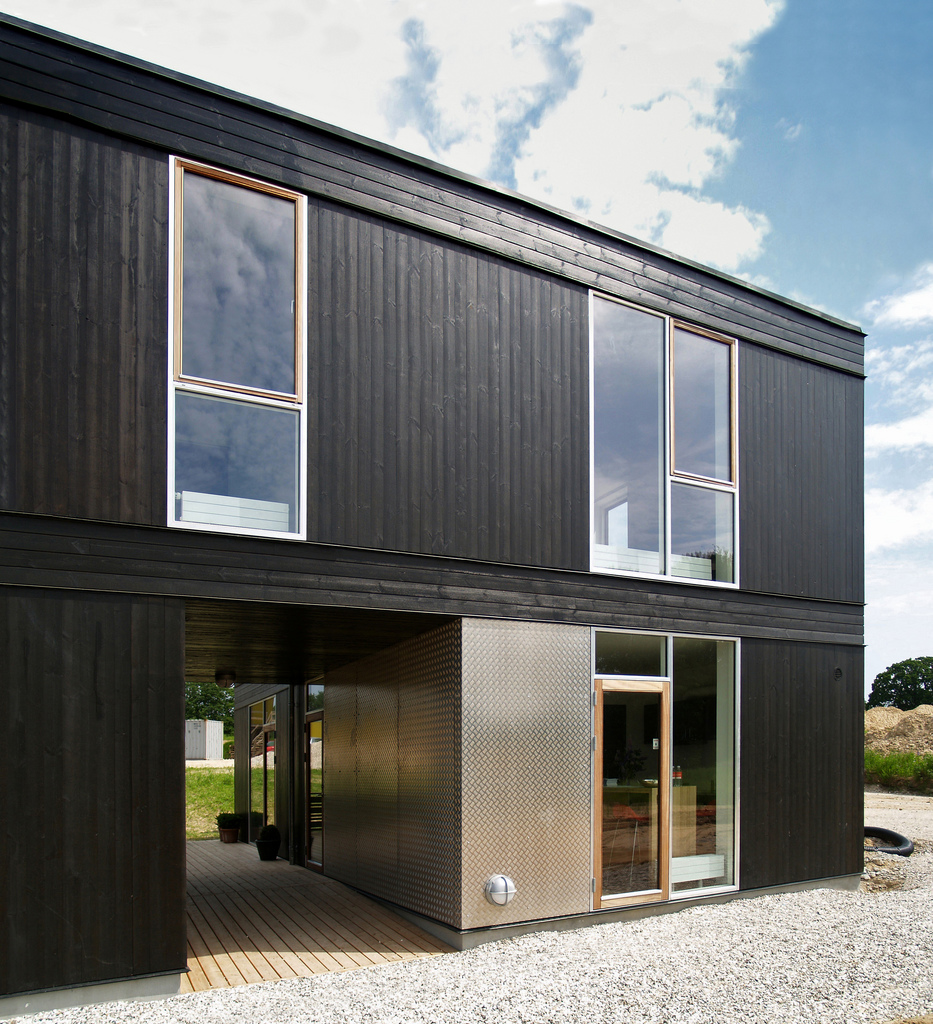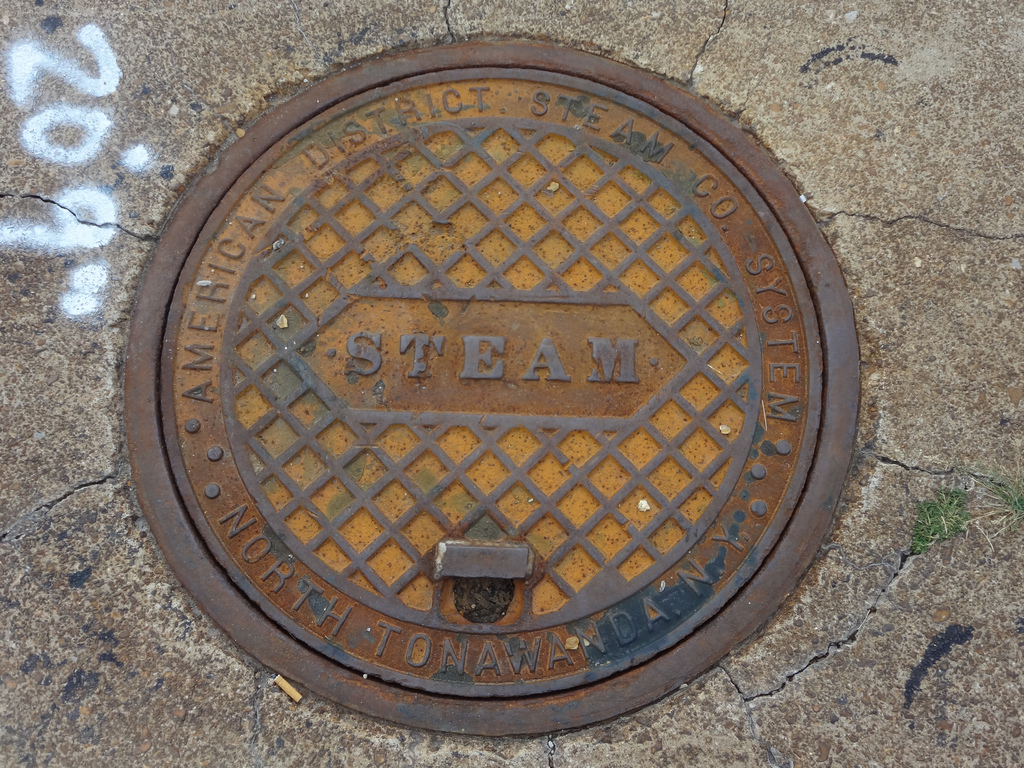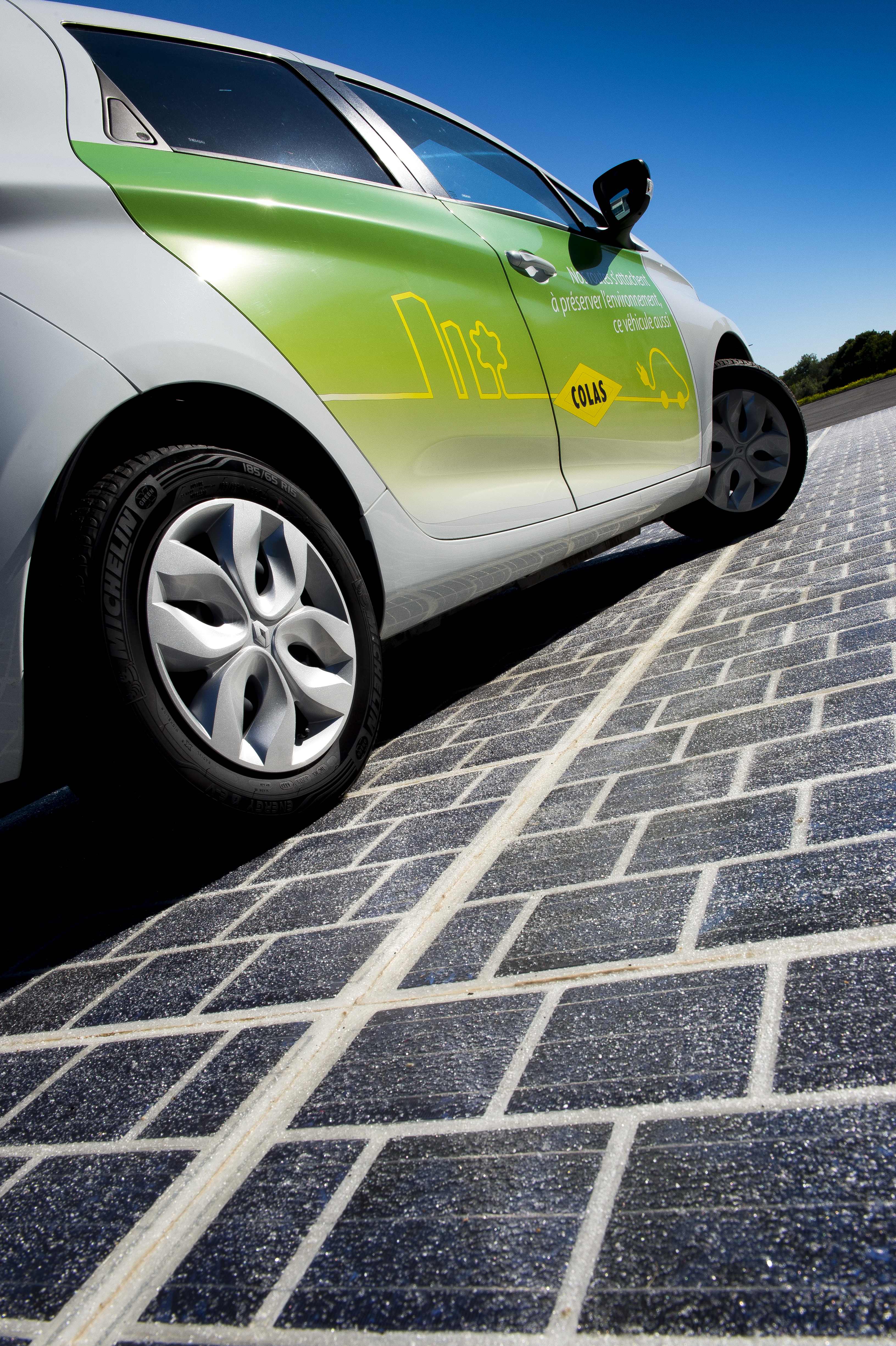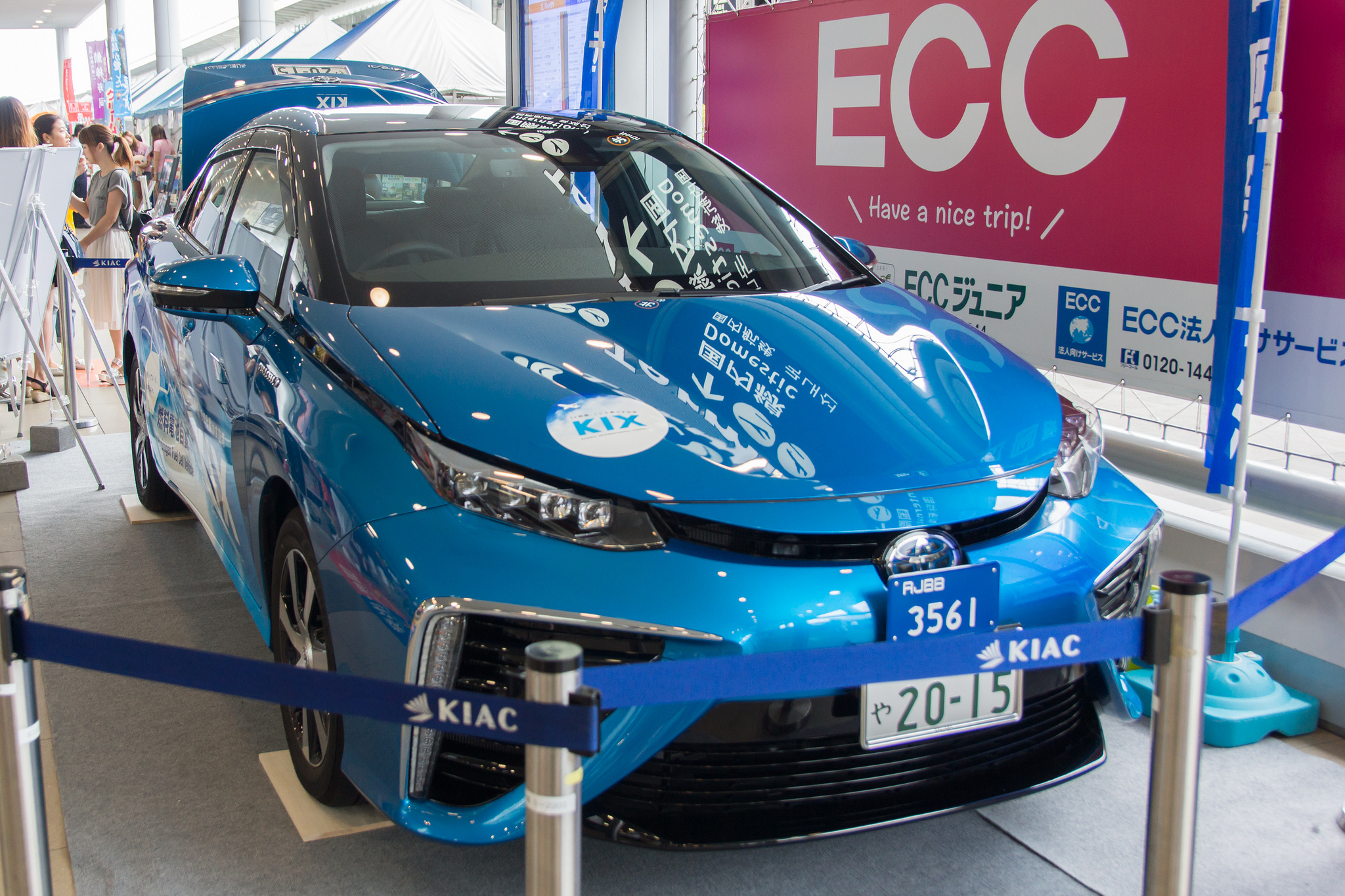The discovery of acid rain in North America was made possible by environmental data collected at a biological field station nestled in the White Mountains of New Hampshire. Hubbard Brook Experimental Forest is just one of the many biological field stations located around the globe that are keeping a pulse on the health of our planet.
Technology
Big Solar Is Booming
When we think about solar power, we mostly think about rooftops covered with solar panels. And indeed, there are more than 800,000 solar rooftops in the U.S. and the numbers are growing.
Duping Poachers
According to the Humane Society of the United States, hunters legally kill tens of millions of animals every year. But hunters also illegally kill just as many animals – if not more – often either on closed lands or out of season. Few perpetrators of this deadly crime against wildlife are ever caught or punished.
Greener Friendly Skies
In March, United Airlines began using a new biofuel for flights between Los Angeles and San Francisco. The fuel is a renewable product called Honeywell Green Jet Fuel that can replace up to half of the petroleum jet fuel used in flight without any changes to the aircraft technology and it meets all current jet fuel specifications.
Pulling Water From Air
As droughts have become more commonplace, researchers are looking at natural systems for effective ways to capture water from the air. A team from Harvard University has drawn inspiration from three different organisms to develop a better way to promote the condensation and transportation of water droplets.
Powering Fuel Cells With Wastewater
There are many renewable energy sources to be exploited. Solar and wind power justifiably get the most attention, but they are not the only game in town. There is a growing sustainability movement to capture energy from various kinds of waste, including even the wastewater we flush down the toilet.
De-Extinction: Opening Pandora’s Box
De-extinction, or the act of bringing extinct species back from the dead, has been riding a wave of enthusiasm. Nearly 2 million people have watched Steward Brand’s TED talk on the topic, and Beth Shapiro’s book How to Clone a Mammoth has received rave reviews.
River Conservation And Hydropower
Rivers concentrate the water and resources of an entire region. They are literally the lifeblood of much of the world’s fish population. They are also the fuel for hydropower, a critical energy source for human civilization.
The World’s Largest Solar Plant
Morocco has switched on what is going to be the world’s largest concentrating solar power plant. The plant is located near the city of Ouarzazate, an area previously famous as a filming location for blockbusters like Lawrence of Arabia and Gladiator. When fully online in 2018, the plant will produce enough energy to power over a million homes. It will also cut carbon emissions by 760,000 tons a year.
Banning Coffee Pods
Over the past decade, single-serve coffee pods have quickly become a favorite method for delivering a hot cup o’ joe as fast and efficiently as possible. The explosive growth of pod-based coffee machines is such that now nearly one in three American homes has one.
Drones And Wildlife Preservation
We hear more and more about drones these days. There is plenty of controversy about their use in warfare. Drones are also used to snoop on construction projects. Drones are spotted at the beach being used as high-tech toys. And drones are becoming a powerful tool in wildlife protection.
Natural Geoengineering
The term geoengineering has started to appear in discussions about how to combat climate change. Mostly, it is used to describe using technology to tinker with the global environment, for example, by artificially enhancing the atmosphere’s ability to reflect the sun’s rays back out into space and thereby cooling the planet.
Reduced Waste From Modular Construction
Our nation’s landfills are overflowing and we are constantly seeking ways to reduce the amount of waste that needs to go into them. Usually, we are thinking about food waste, plastics, glass and paper. However, one of the largest sources of waste generation is actually construction and demolition waste. Estimates are that between 25 and 40% of the national solid waste stream comes from these activities and very little of it gets recycled.
Green Steam
Many of the world’s biggest cities have miles of underground pipes built decades ago that provide district energy. District energy systems use a central plant to produce steam, hot water or chilled water that is then piped underground to individual buildings for space heating, domestic hot water heating and air conditioning. As a result, individual buildings served by a district energy system don’t need their own boilers or furnaces, chillers or air conditioners.
Keeping Up With Light Bulbs
Light bulbs entered people’s lives in the 1880s. Tungsten filament lightbulbs have been around for about 100 years. Fluorescent lamps were invented in the 1920s. These two mainstays dominated most lighting applications for most of the twentieth century.
Laboratory Meat
Many of us crave the scent and taste of grilled meat. Even staunch vegetarians seek out imitation meat products that simulate the look and flavor of animal protein.
Solar Roadways
France’s roadways are known both for their historic cobblestone streets and infamous traffic jams. But French officials recently decided to forgo the traditional brick and pavement in order to capitalize on all the vehicle traffic.
Turning Air Into Fuel
There is a global effort underway to combat climate change. The carbon dioxide in the atmosphere is the primary culprit. As a result, there are two things to do about it: reduce the amount of CO2 we are dumping into the atmosphere and try to remove some of what is already there.
